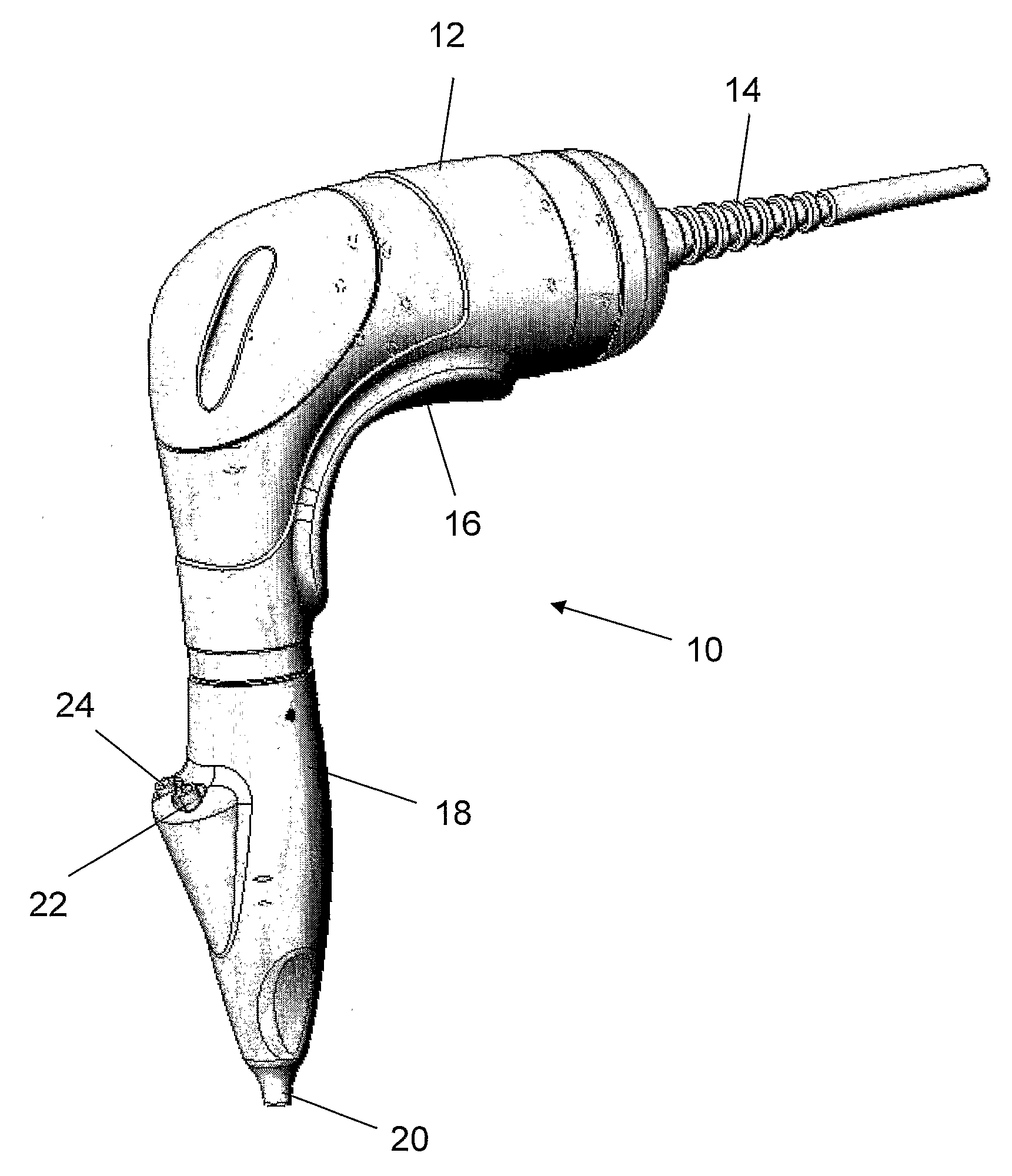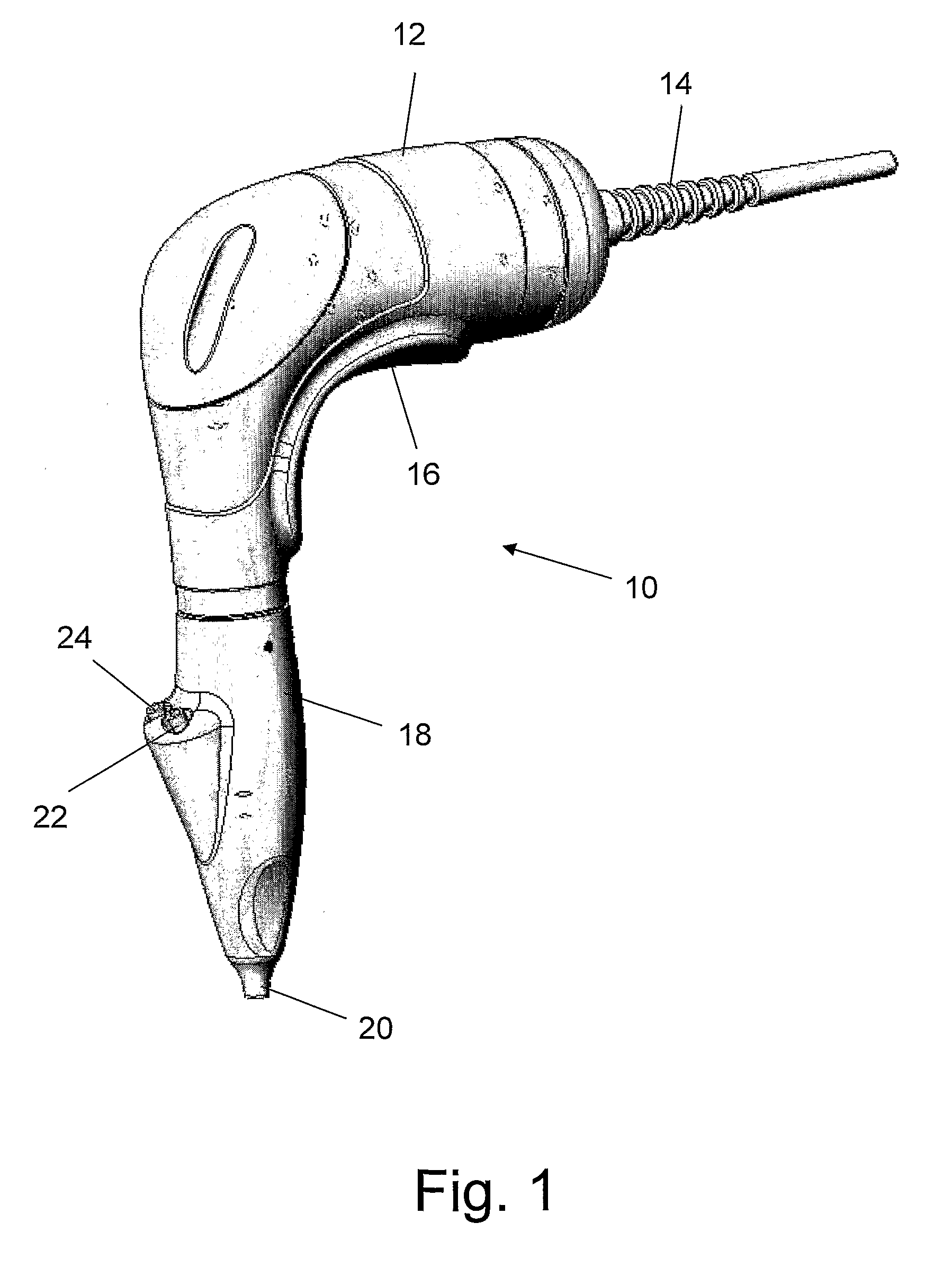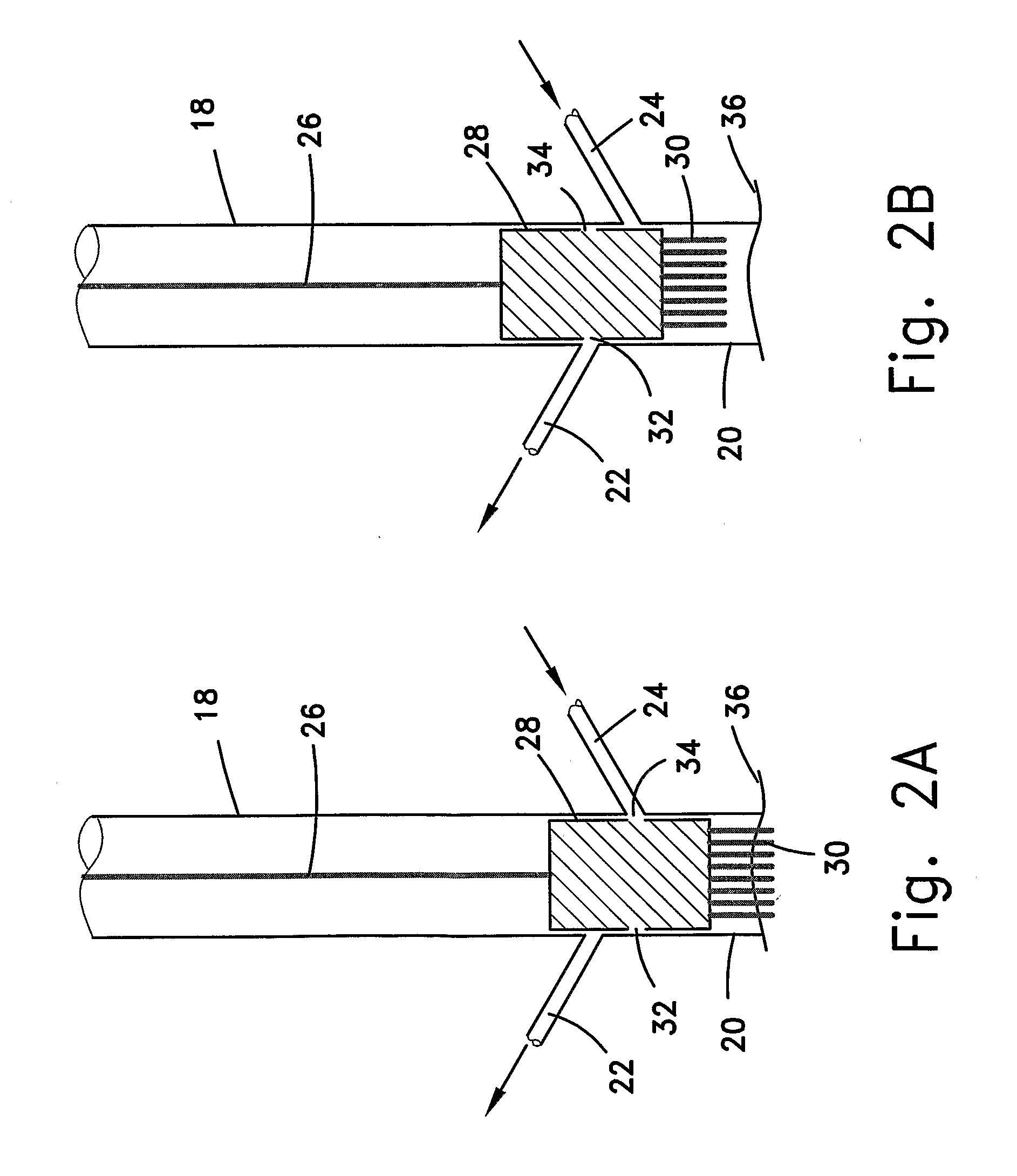Eradication of Pigmentation and Scar Tissue
a scar tissue and pigmentation technology, applied in the field of cosmetic treatments, can solve the problems of difficult removal of pigmentation, ineffective removal, and typically quite painful, and achieve the effect of reducing the amount of fluid that permeates
- Summary
- Abstract
- Description
- Claims
- Application Information
AI Technical Summary
Benefits of technology
Problems solved by technology
Method used
Image
Examples
experiment 1
[0047]A number of tattoos were applied to the skin of a pig. Each of the tattoos was a square having dimensions approximately 1 cm×1 cm filled with a solid blue-grey color. Two months after the tattoos were applied the squares appeared as seen in the photograph reproduced in FIG. 4A. FIG. 3 is a reproduction of a photograph taken 14 days after four of these tattooed areas were treated according to the method of the invention using different types of solution. Square 1 was treated using distilled water and essentially no color reduction was observed. Square 2 was treated using a 2% aqueous solution of salicylic acid. The scar observable in the figure vanished leaving no trace a few days after the photograph was taken and approximately 90% color reduction was observed. Square 3 was treated using a solution containing 17% EDTA. A 60% color reduction was observed but the scar did not vanish. Square 4 was treated with H2O2 and resulted in a 40-60% reduction in color.
experiment 2
[0048]A number of tattoos were applied to the skin of a pig. Each of the tattoos was a square having dimensions approximately 1 cm×1 cm filled with a solid blue-grey color. Two months after the tattoos were applied each of the five squares labeled 1 to 5 on the photograph shown in FIG. 4A was treated according to the method of the invention. The treatment for each square consisted of repeatedly puncturing the skin with the device described hereinabove for three minutes. As the machine was operated, the needles and skin surface were cyclically rinsed with a 5% aqueous solution of salicylic acid. A total of 10 cc of solution was used for each square (i.e. 10 cc / cm2). Following this initial treatment no further treatment was applied to these five locations. Eighteen days later the photograph shown in FIG. 4B was taken. In this photo it can be seen that all of the original blue-grey color has disappeared and that only traces of squares having a pink color slightly darker than the natura...
experiment 3
[0049]In FIG. 5A is shown a photograph of an area of skin on which there is a reddish-purple pigmented area surrounding brown colored scab. The pigmented area surrounding the scab was treated using the method described above by repeatedly puncturing the skin for ten minutes. During the treatment 10 cc of a 5% aqueous solution of salicylic acid (˜10 cc / cm2) was used to clean the needles and surface of the skin. A dry bandage was placed over the treated area for a few days to keep the site clean, but no medication was applied. After this the skin was left unattended. Fourteen days after treatment, during which time the scab dried up and fell off, the photograph shown in FIG. 5B was taken. In FIG. 5B it can clearly be seen that the scar tissue is gone and that the color of the pigmented area has changed to a color slightly greyer than the natural skin color. Although embodiments of the invention have been described by way of illustration, it will be understood that the invention may be...
PUM
| Property | Measurement | Unit |
|---|---|---|
| current | aaaaa | aaaaa |
| depth | aaaaa | aaaaa |
| concentration | aaaaa | aaaaa |
Abstract
Description
Claims
Application Information
 Login to View More
Login to View More - R&D
- Intellectual Property
- Life Sciences
- Materials
- Tech Scout
- Unparalleled Data Quality
- Higher Quality Content
- 60% Fewer Hallucinations
Browse by: Latest US Patents, China's latest patents, Technical Efficacy Thesaurus, Application Domain, Technology Topic, Popular Technical Reports.
© 2025 PatSnap. All rights reserved.Legal|Privacy policy|Modern Slavery Act Transparency Statement|Sitemap|About US| Contact US: help@patsnap.com



